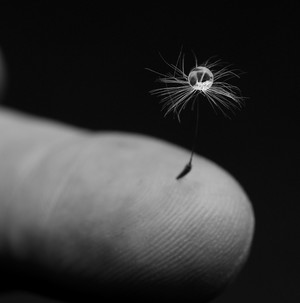
Over the last few posts I’ve covered various aspects of wine tasting in some detail. We’ve looked at the appearance of wine, the aromas we find in white and red wines, the structure of the wine on the palate and how to begin to assess the quality of the wine. This post summarises these ideas in a concise ‘checklist’, which I hope you find a useful prompt as you explore new tastes and new wines.
Step 1: Appearance
What is the colour of the wine? Can you see through it? Tilt the glass and examine the wine against a white background. Is there a change in colour, or ‘gradient’ along the wine?
Step 2: Nose
The nose is the aroma of the wine. Is it powerful or subtle? Complex or easy to describe? Does the aroma change after swirling the wine? Does it evolve over time as the wine aerates or warms up? What can you smell? Is the wine primarily a fruity wine? What sort of fruits, and are they fresh, cooked or dried? Perhaps there are also other aromas: spices, grassy notes, herbs, wood, nuts, savoury/meaty aromas? Do any of these aromas remind you of other wines you’ve had before, or maybe indicate some age on the wine?
Step 3: Palate
We look for up to eight components of a wine when we taste. Firstly, the flavours: are these the same as the aromas you can smell? All wines have perceptible acidity and alcohol, which give structure to the wine. Alcohol is a major component of the body of a wine, which is how heavy or viscous the wine feels in the mouth. Red wines also have tannins, which provide additional structure. Some wines have perceptible residual sugar. The evidence of maturation in oak may also be present in many white and red styles. Finally, the finish is how long the flavours and sensations of the wine linger in your mouth after swallowing.
Step 4: The Conclusion
Wine tasting is a very personal thing. No-one else can tell you whether you like or dislike a particular wine, or why you do. That said, there are certain features a professional wine taster looks for in assessing the quality of a wine (whether it suits their personal tastes or not). These include:
- Balance: is the overall perception of the wine flavours and structure in harmony?
- Length: do the flavours persist for a long time or do they fall flat and short?
- Intensity: are the flavours and aromas intense or a bit weak? Perhaps they are too intense and overwhelming.
- Complexity: is there a lot going on in the wine, or is it a bit simple and ‘one-dimensional’.
Other things to think about are: When would you drink this wine – by itself or would it be better with food? What sort of food? Is it good value for money? Is it ready to drink now? Or perhaps it will be better in a few years. It might seem like a lot to take in but ultimately enjoying wine comes down to two things: Do you like this wine? and more importantly: Why is that?
__________________
James Flewellen is The Rambling Epicure wine columnist. James is a biophysicist at the University of Oxford. Originally from New Zealand, the huge range of wine James discovered in Europe spurred his interest in all things vinous. He became involved in the University’s Blind Wine Tasting Society and has recently completed a two-year term as its President. During this time he represented the University in a number of domestic and international wine tasting competitions, winning several awards. He is currently completing the WSET Diploma in Wine and Spirits. James has a passion for wine communication and education and runs the Oxford Wine Blog and the Oxford Wine Academy.
Related articles
|
|










 As far as non-fruit aromas go, we can have vegetal or herbaceous aromas —
As far as non-fruit aromas go, we can have vegetal or herbaceous aromas — 
























